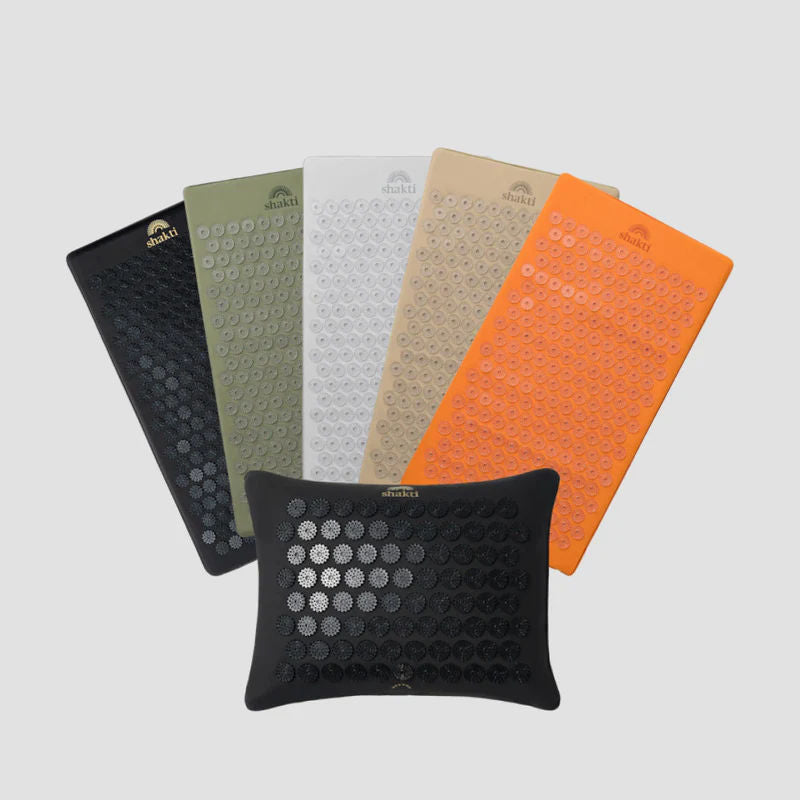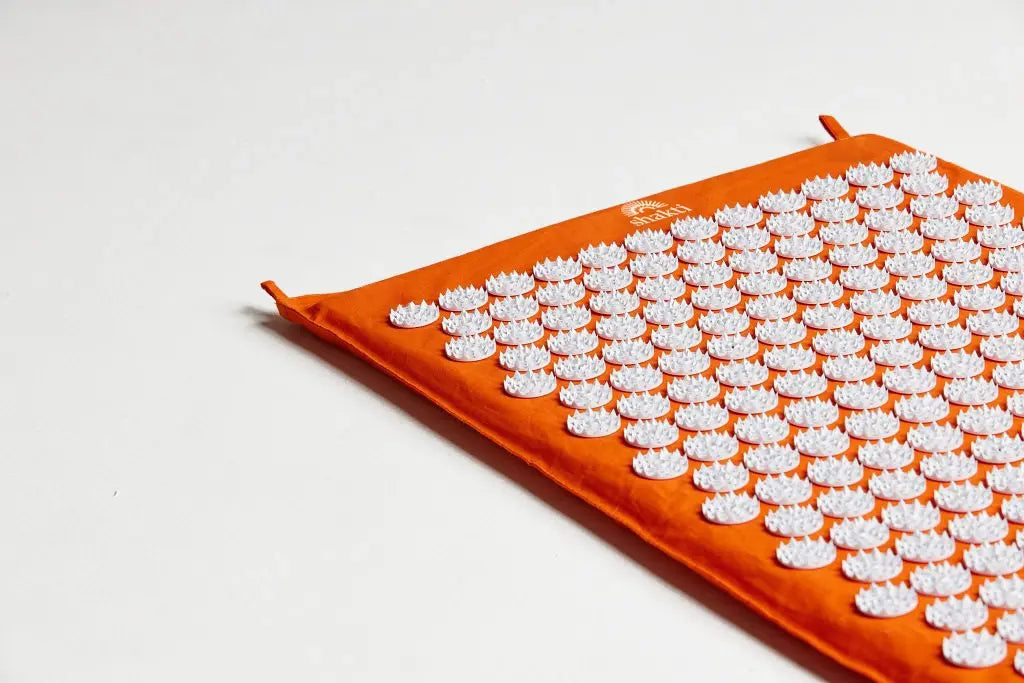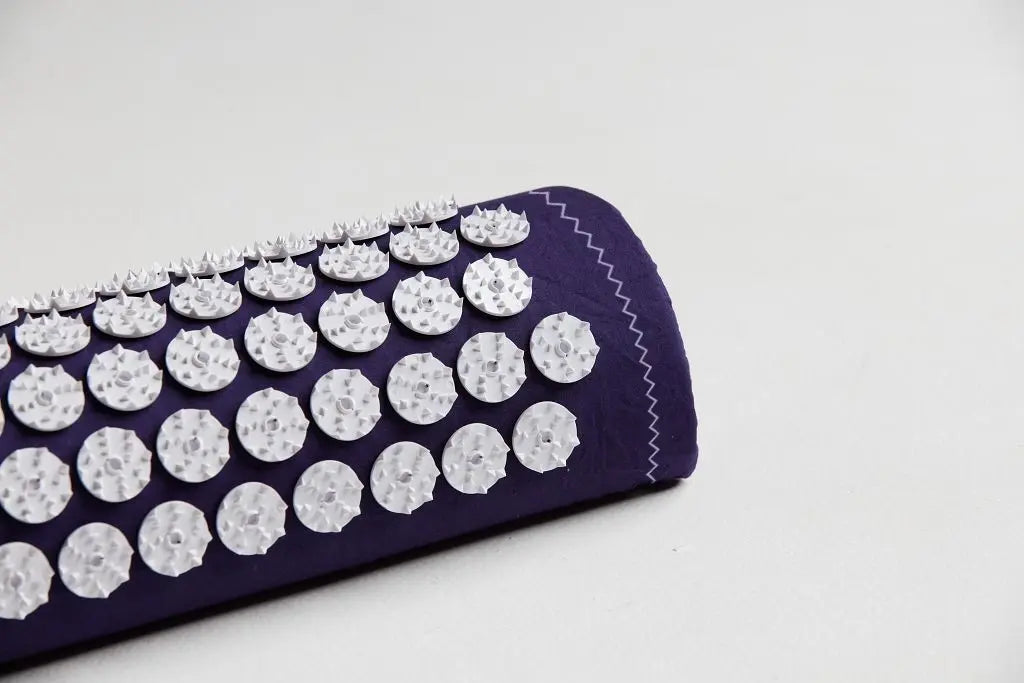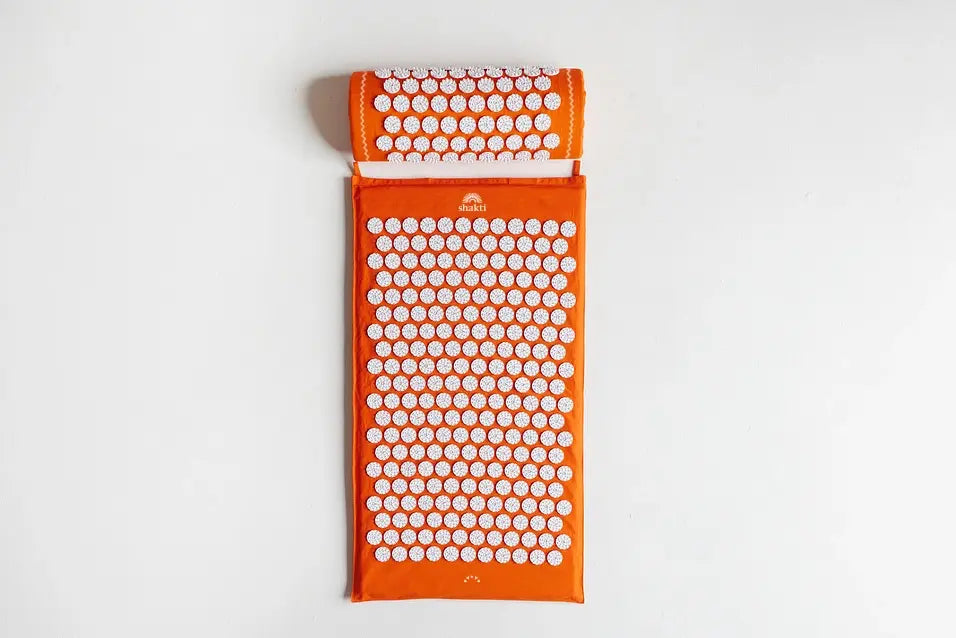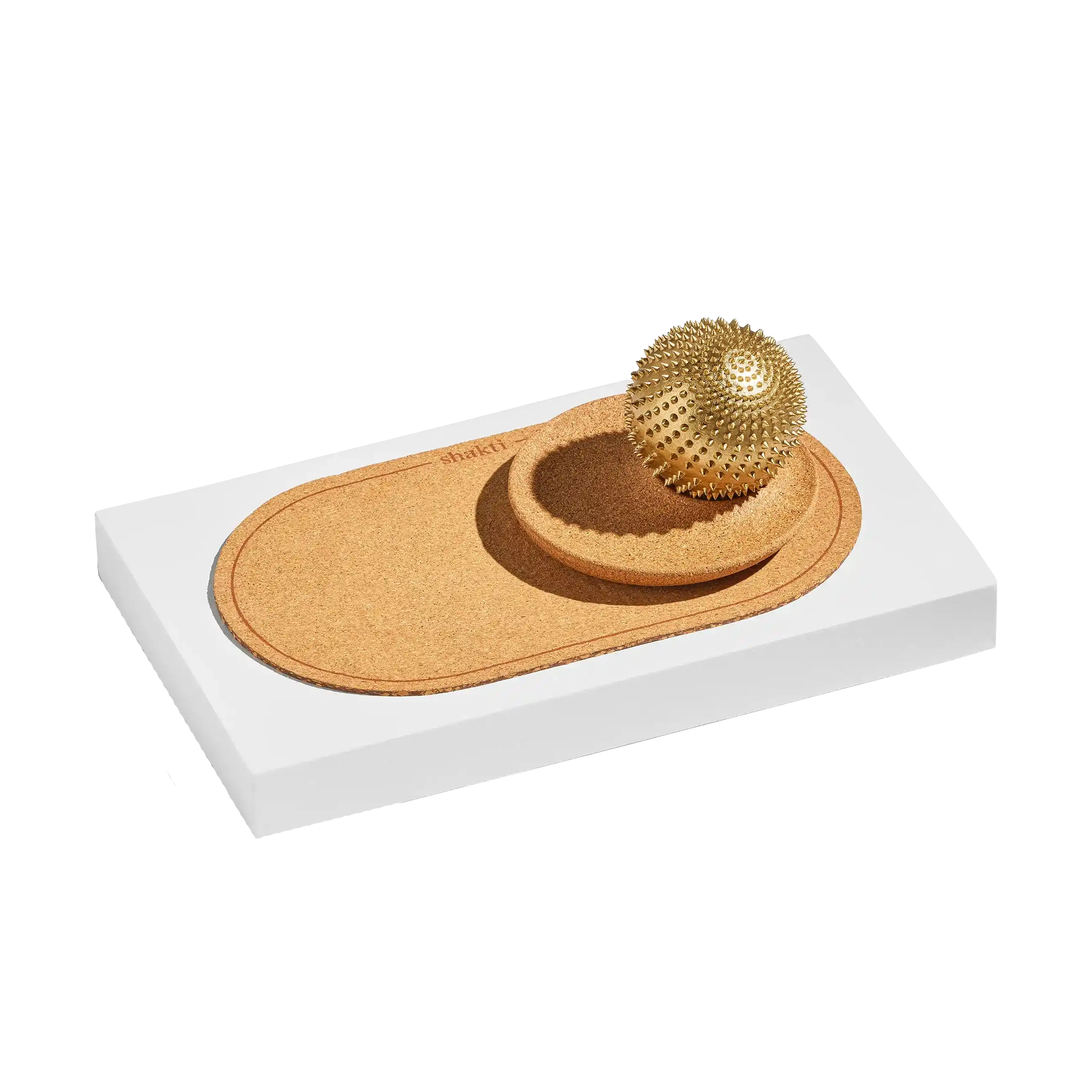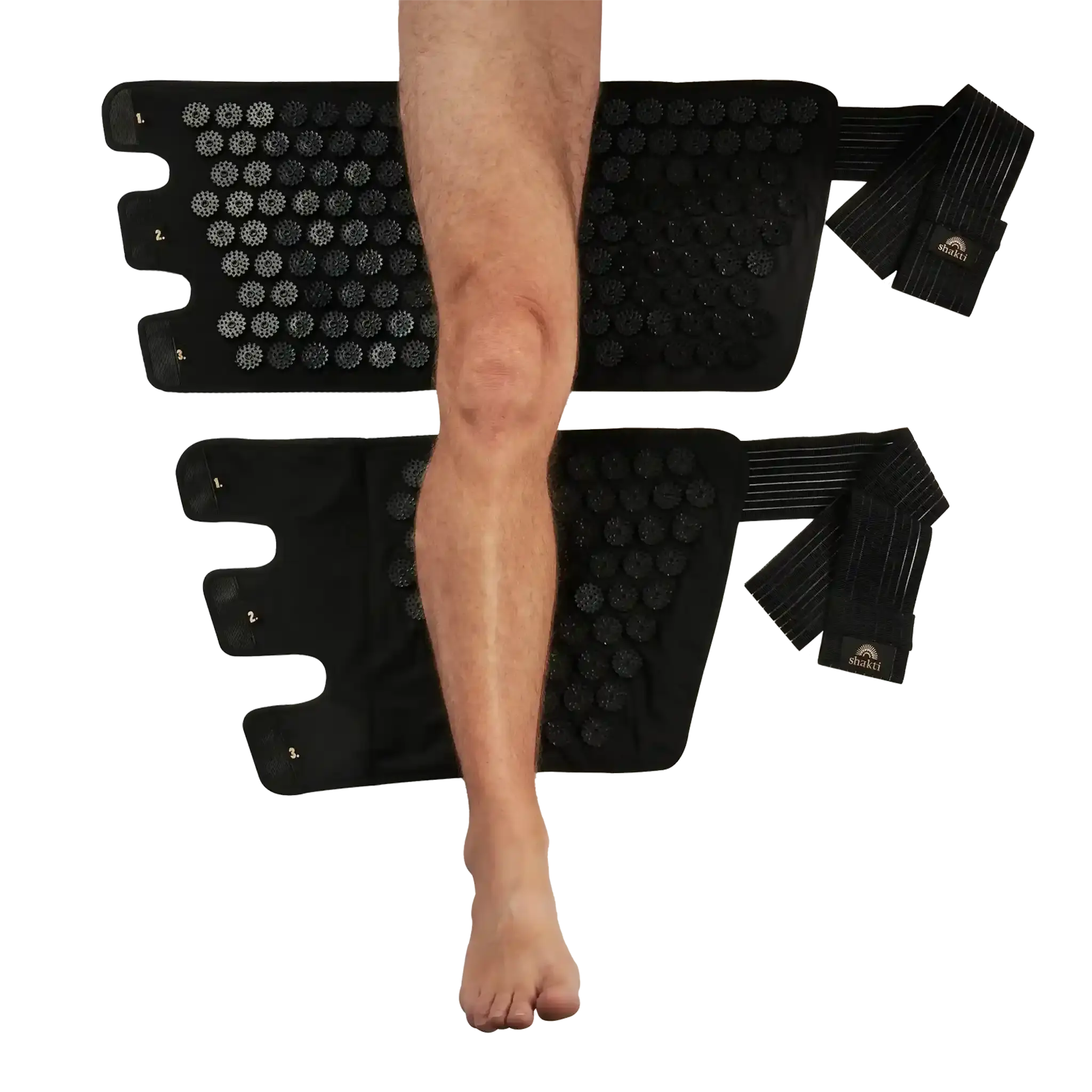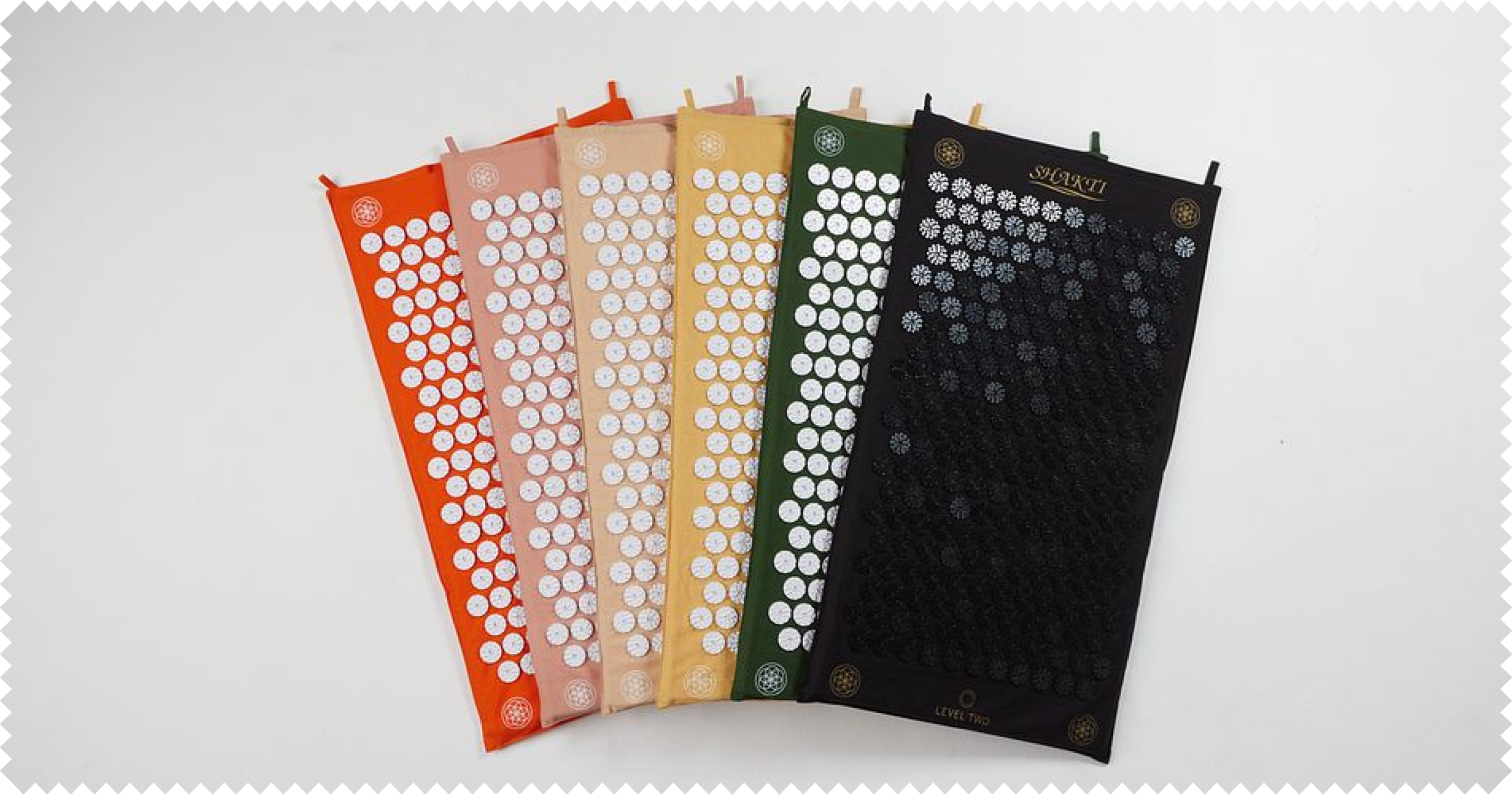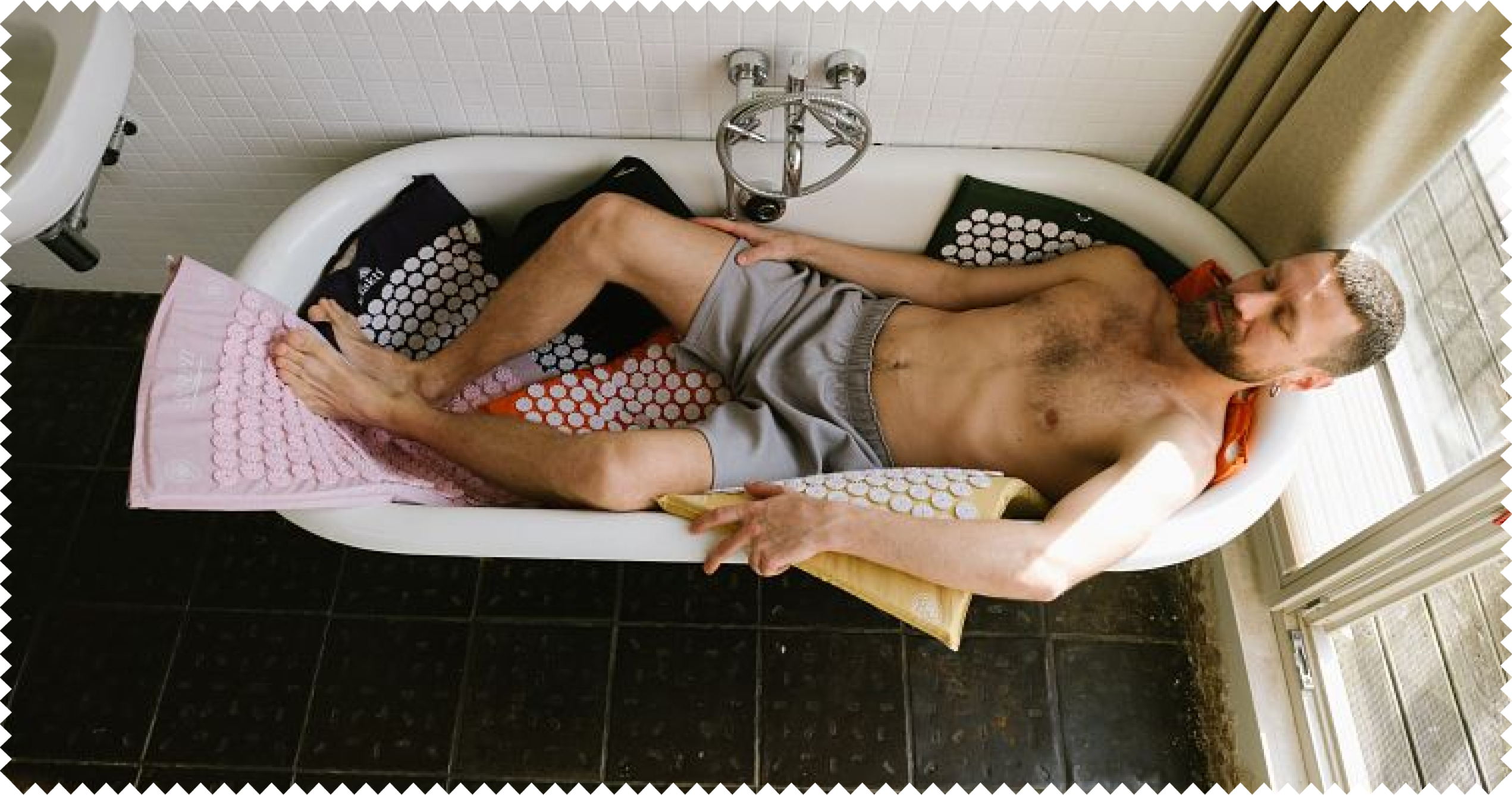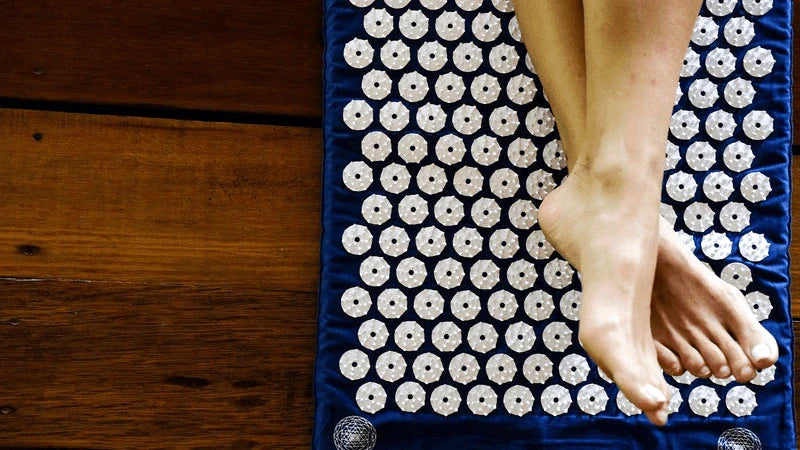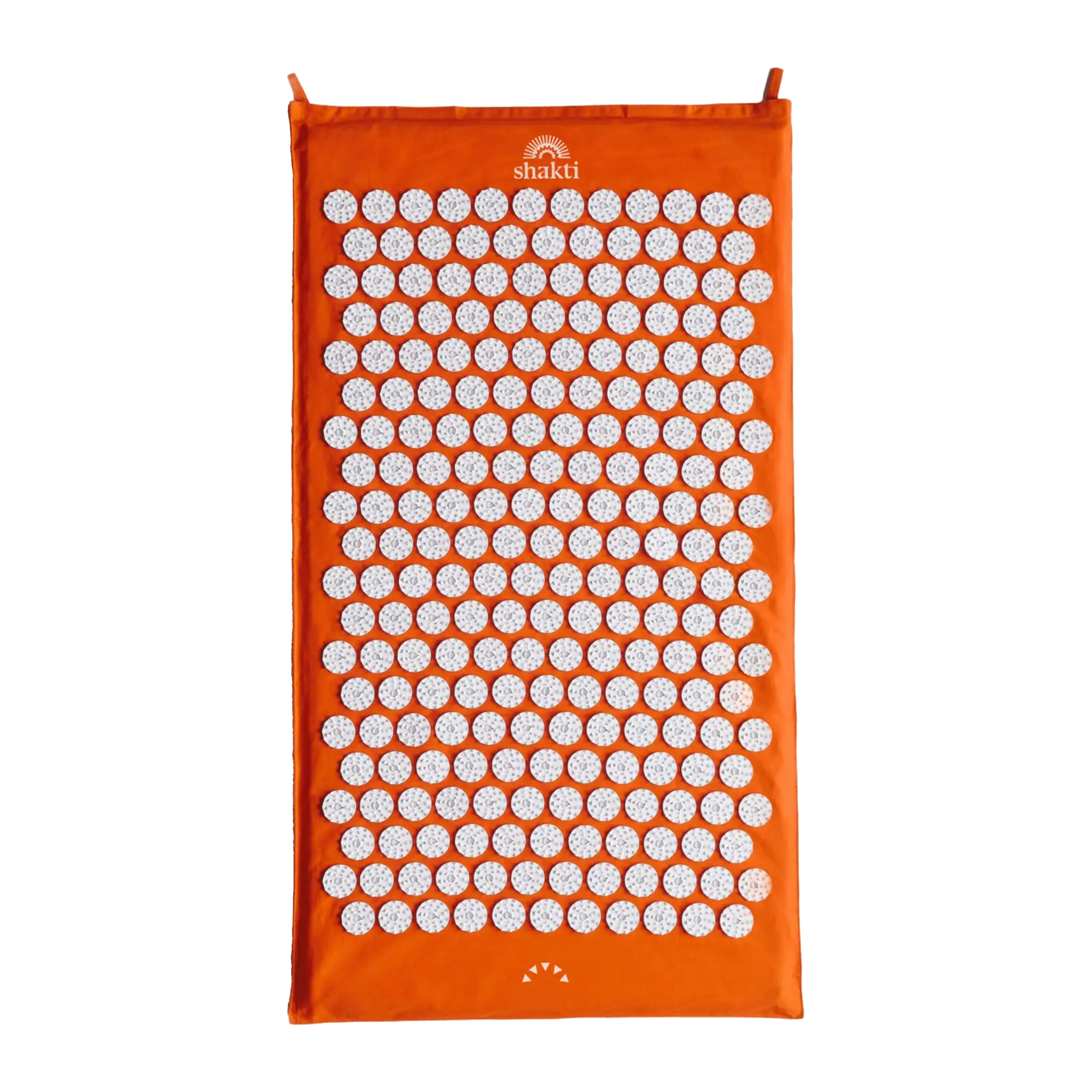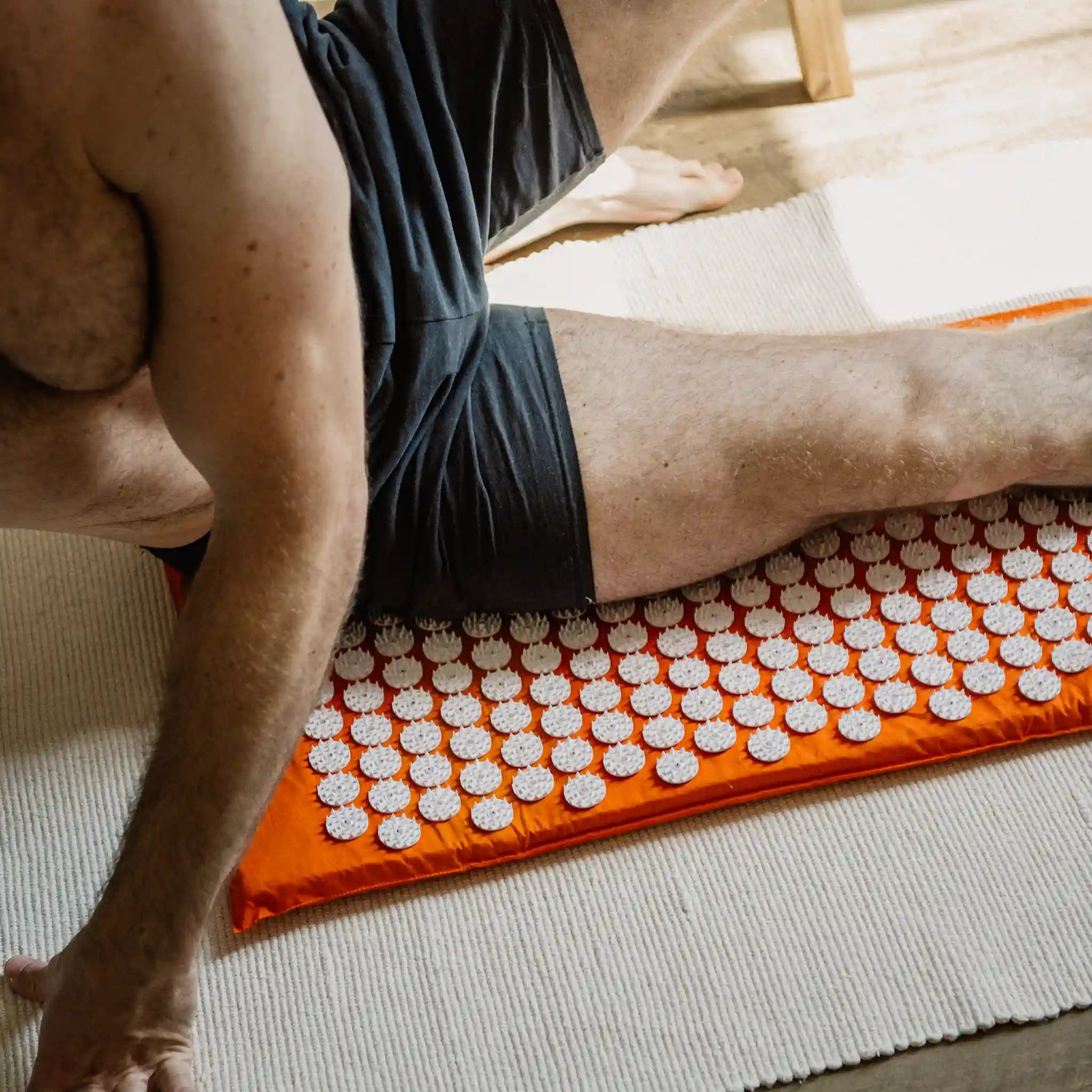One wrong step, one careless movement - and there you have it: The sudden, stabbing pain in the muscle makes further activities a challenge and restricts your mobility in everyday life. Fortunately, the right measures can effectively speed up the healing of a pulled muscle. In the following article, we provide you with helpful tips on how to get rid of the after-effects of a pulled muscle quickly and get back to your usual routine soon.
Content
2. what does a pulled muscle feel like?
3. strain: trigger and duration
4 What to do if you have a pulled muscle? - The most effective tips against the unpleasant pain
5 Conclusion: In the case of a pulled muscle, healing can be accelerated - but not forced
What is a strain?
Your muscles are known to be very flexible and elastic. However, they can also reach certain limits: When this critical point is reached, it is called a strain.
This is an injury that occurs when your muscles are overstretched. This overstretching in turn leads to minute damage within the muscle structures (myofibrils) and causes pain.
Basically, any muscle in your body can be overstretched, with certain groups being more at risk than others: First and foremost, the muscles in the calf and thigh, followed by the muscles in the groin, abdomen, shoulder, chest and back. In fact, a pulled muscle is one of the milder forms of muscle injury, which is why you can actively speed up the healing of a pulled muscle.

What does a strain feel like?
The classic symptom of a pulled muscle is the sudden onset of pain: as the muscle hardens and is very tight or swollen, it hurts like a cramp. Movement aggravates the pain - as you will see in a moment, you should therefore keep your muscle still and only stretch it gently later to alleviate the symptoms and speed up the healing of a pulled muscle.
Strain: trigger and duration
Sporting activities are one of the main triggers of a pulled muscle. Whether it's rapid braking during a run or abrupt acceleration during tennis, your muscles are already tense in these situations, but are stretched further by certain forces. There is a literal "tugging" on your muscle in two opposite directions, which can cause it to become overloaded and overstretched - especially in untrained muscles. Even a seemingly harmless hike or simply slipping in everyday life can end in a pulled muscle. A pulled muscle also often occurs when:
- you warm up your muscles insufficiently,
- low temperatures prevail,
- your muscles are overtired due to heavy load and lack of recovery or
- your musculature is pre-damaged.
In the case of a mild strain, the recovery period lasts between four and six days. It usually takes several weeks before you can fully strain your affected muscle again. An important rule to speed up the healing of a pulled muscle is therefore "Don't rush it!"
Good to know: Unlike a strain, a torn muscle fiber is characterized by a bluish discoloration, stabbing pain and a strong feeling of tightness. In some cases, there may even be a dent in the affected area. Loading of the corresponding muscle is no longer possible - the muscle fiber tear must be examined by a doctor.
What to do in case of a pulled muscle? - The most effective tips against the unpleasant pain
If you've pulled a muscle, you know the stinging pain that comes with it - and you want to get rid of it right away. Good thing there are a number of effective strategies for treating a pulled muscle that can help speed up the healing process and relieve pain.
First aid for pulled muscles: take a break and elevate your body
If you ignore the pain associated with a pulled muscle and continue with the activity, you run the risk of aggravating the injury - because movement increases blood circulation, which can paradoxically cause additional tissue damage and swelling. However, this only works against the goal of accelerating the healing of the strain.
For this reason, the motto immediately after the strain occurs is: take a break! Elevating the affected body part will help. By changing position, you reduce the blood flow to the site of the strain and stop bleeding or swelling. In addition, the fluid that has leaked into the tissue is removed more efficiently through the lymph channels.
What helps with strains? Heat or cold?
Have you ever wondered whether you should cool or warm a pulled muscle? As a general rule, acute strains should not be treated with heat, as this increases the pain and swelling. Cooling is therefore the home remedy of choice to treat the discomfort and speed up the healing of the strain. The cold causes your blood vessels to contract and the blood flow to slow down. As a result, less fluid leaks into the tissue, swelling is limited and bruising does not spread intensively. Cold also has the nice side effect of reducing pain.
How to cool properly: It is best to start cooling immediately after the injury. For example, use an ice pack or socks filled with ice cubes. To protect your skin from frostbite, wrap the ice pack or socks with ice cubes in a towel. Cool the affected area for a maximum of 10 to 15 minutes and repeat this procedure every hour.
After about a day, when the acute phase is over, it can be useful to warm up the muscles and relax them to speed up the healing of the strain and promote your well-being. Now we'll tell you how to do it.

Stretch strain and accelerate healing
After the acute injury phase, you can start with careful stretching exercises. These exercises not only improve your mobility, but also increase the likelihood of accelerating the healing of the strain. Remember that stretching should be gentle and pain-free!
If you have pulled a muscle in your calf, you can, for example, stand about one meter away from the wall and lean against it with your hands. Extend the injured leg behind you and push your heel towards the floor while keeping your other leg bent. Feel the stretch in the calf of your outstretched leg and hold the position for 20 to 30 seconds. Repeat the exercise several times.
Strain massage and accelerate healing
If you have a pulled muscle, a gentle massage, possibly with essential oils, is a real boon. By improving circulation to the injured area, it can help speed up the healing of the strain. Here is an example of a self-massage on the calf: sit on the floor and stretch out the injured leg in front of you. Place your hands on the calf with gentle pressure and work towards your heart in slow, circular movements. Repeat this process several times.
Additional tip: To speed up the healing of a strain, you can also tape it in combination with massage. A special sports tape, correctly applied, can stabilize the affected muscle and prevent additional strain. On the Internet you can find numerous instructions on how to tape a strain.
Accelerate the healing of a strain with acupressure
Acupressure is a form of therapy from TCM that is often used in the treatment of muscle pain. In the case of a pulled muscle, for example, certain acupressure points are stimulated to relieve pain and stimulate blood circulation.
An acupressure mat proves to be a particularly practical tool for accelerating the healing of a pulled muscle: After the acute phase, lie down on the mat for 20 minutes and make sure that the injured area comes into contact with the countless nubs. If you have a pulled muscle that is difficult to reach, you can also use an acupressure pad.
Conclusion: In the case of a strain, healing can be accelerated - but not forced
Whether it's a balance between rest and gentle movement, the application of cold, targeted stretching exercises, self-massage or sessions on the acupressure mat: there are many aspects that can help to speed up the healing of a pulled muscle and effectively relieve the pain.
However, it is important that you do not expect miracles when treating your pulled muscle:
Recovery is a process that is not completed in just a few hours. Give your body the time it needs - and enjoy it all the more when you are fit and pain-free again.


